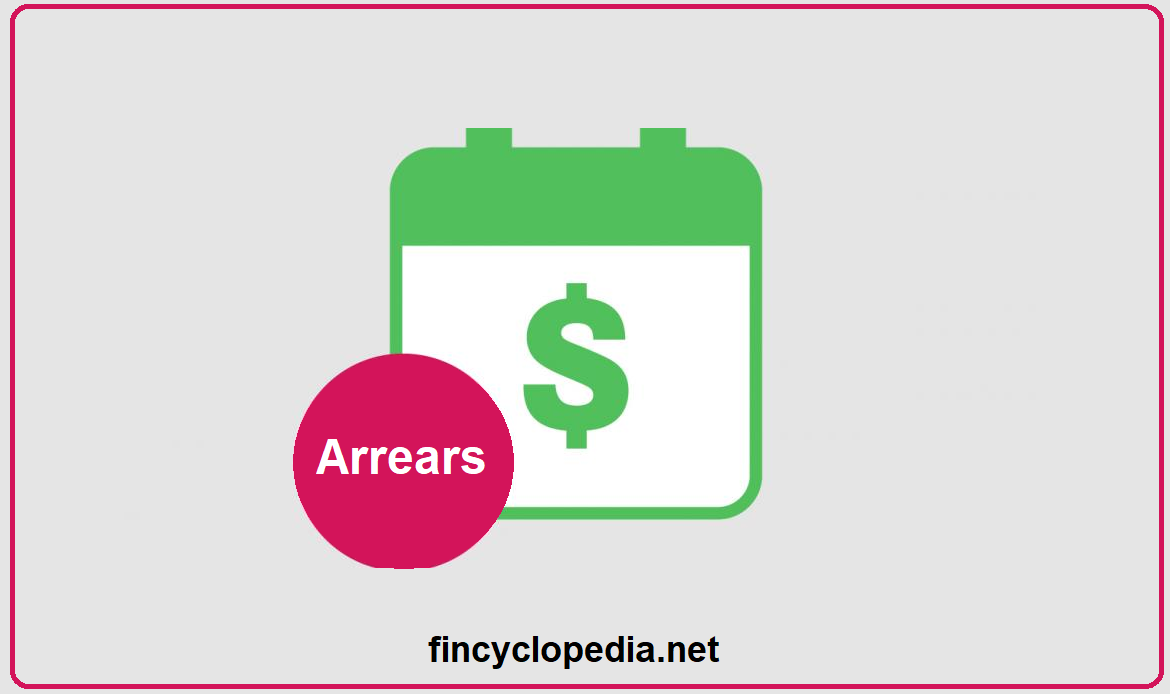The increase in the value of a bond that results from buying the bond at a discount from face value (par value). It is the price change that will occur as the bond approaches maturity if no change in yield takes place between the date of purchase and the point in time under consideration. For example, a $1,000 par bond maturing in ten years and selling at $850 can be expected to gain value gradually throughout its life or what remains thereof. Unlike an increase resulting from a fall in interest rates, the accrued market discount reflects the price rise caused by the gradual increase over time. It can be determined in one of two ways: ratable accrual method (straight line method) and constant yield method.
For an original issue discount bond (OID bond), the market discount is the excess of the accreted price over the market price. For a non-OID coupon bond, the market discount is the excess of par value over the market price.






